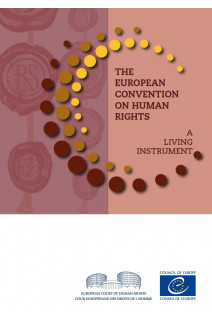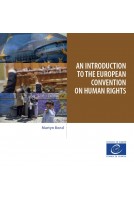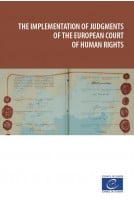The European Convention on Human Rights, signed in Rome on 4 November 1950, was the first instrument to crystallise and give binding effect to the rights set out in the Universal Declaration of Human Rights. It lays down absolute rights which can never be breached by the States, such as the right to life or the prohibition of torture, and it protects certain rights and freedoms which can only be restricted by law when necessary in a democratic society, for example the right to liberty and security or the right to respect for private and family life.
A number of rights have been added to the initial text with the adoption of additional protocols, concerning in particular the abolition of the death penalty, the protection of property, the right to free elections or freedom of movement.
The European Convention on Human Rights
The European Court of Human Rights
Case-law
Impact of the Convention
The Convention, a modern instrument
Reforms of the Convention syste
Appendix 1: The Convention in brief 10
Appendix 2: Signatory States of the Convention for the Protection of Human Rights and Fundamental Freedoms
Appendix 3: Key dates
Appendix 4: The Protocols to the Convention
Appendix 5: Chart of signatures and ratifications of the European Convention on Human Rights (Treaty No. 005)











